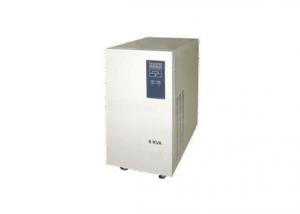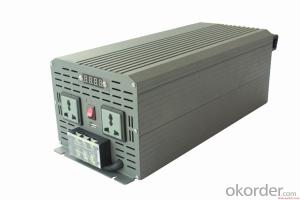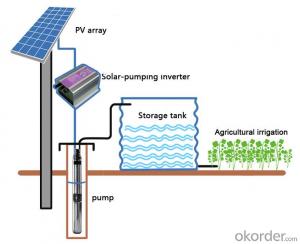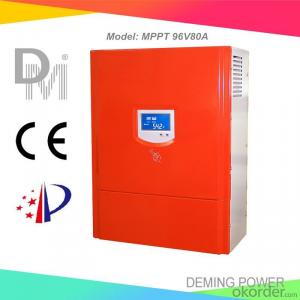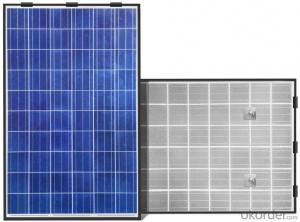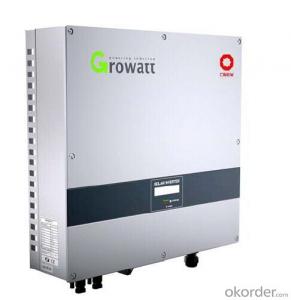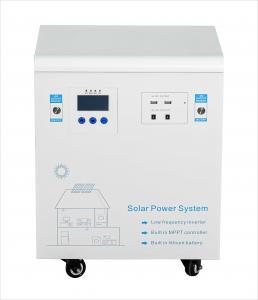10kw Solar Hybrid Inverter
10kw Solar Hybrid Inverter Related Searches
Solar Inverter Hybrid 10kw Hybrid Solar Inverter 10kw 10 Kw Hybrid Solar Inverter 10kva Solar Hybrid Inverter 10 Kva Hybrid Solar Inverter 10kw Solar Inverter 10kw Solar Power Inverter 10kw Inverter Solar Solar Inverter 10kw 10kv Solar Inverter Solar Power Inverter 10kw 10kva Solar Inverter Solar Inverter 10 Kw 10 Kva Solar Inverter Solar Inverter 10kva 10k Solar Inverter 10kw Solar Edge Inverter 10kva Inverter Solar System Solar Edge Inverter 10kw 10kw 3 Phase Solar Inverter Best 10kw Solar Inverter 10000w Solar Inverter Abb 10kw Solar Inverter On Grid Solar Inverter 10kw 10000w Solar Power Inverter Solar Inverter 10kw Price 10000 Watt Solar Inverter 10kw Solar Inverter Price 10kw Off Grid Solar Inverter China 10kva Solar Inverter10kw Solar Hybrid Inverter Supplier & Manufacturer from China
The 10kw Solar Hybrid Inverter is a high-performance product designed to optimize the integration of solar energy with traditional power sources. This inverter offers a seamless transition between solar power and grid power, ensuring a reliable and efficient energy supply. It is equipped with advanced features such as maximum power point tracking (MPPT) and islanding protection, which enhance its functionality and versatility.The 10kw Solar Hybrid Inverter is widely used in various applications, including residential, commercial, and industrial settings. It is particularly beneficial in areas with fluctuating grid power or where backup power is essential. This inverter allows users to harness the power of the sun while maintaining a connection to the grid, providing a reliable and cost-effective energy solution. It is also an excellent choice for off-grid applications, where it can power essential loads and charge batteries for later use.
Okorder.com is a leading wholesale supplier of the 10kw Solar Hybrid Inverter, offering a vast inventory to meet the demands of customers worldwide. With a commitment to quality and customer satisfaction, Okorder.com ensures that each 10kw Solar Hybrid Inverter is manufactured to the highest standards and is backed by a reliable warranty. This makes Okorder.com the go-to source for those seeking a dependable and efficient solar energy solution.
Hot Products




